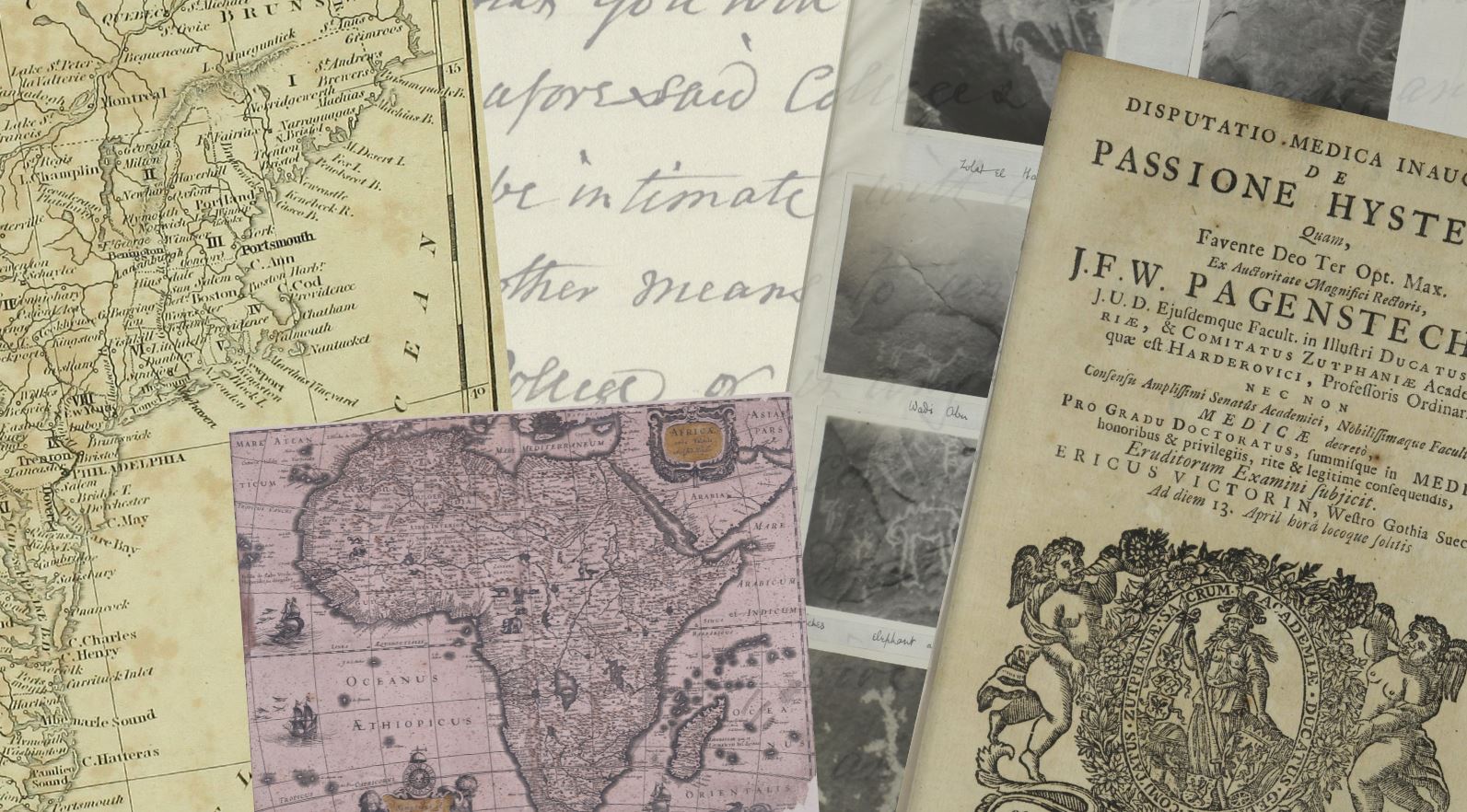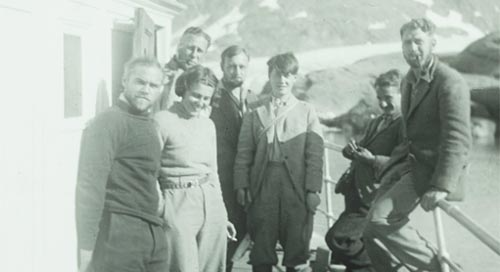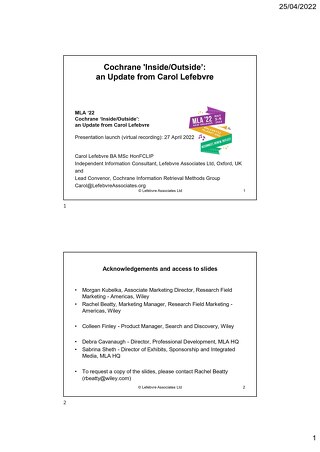a-kitchen-time-capsule-the-lady-sedley-and-her-recipe-book-1686
August 02, 2022
Drink as much ale you can possible. If you vomit, drink as more ale as you can and either walk or ride for two or three hours.
What can we learn from written recipes of the past? “The Lady Sedley, her Receipt book, 1686” is a 17th-century manuscript from the Royal College of Physicians containing handwritten medical receipts, or recipes, that are primarily plant-based and provide a glimpse into the history of medicine. Practiced locally and in the home, these recipes highlight common ailments and cosmetic concerns at the time, accessibility to ingredients, as well as the presence of religion, superstition, and folklore.
At the time Lady Sedley wrote her book of recipes, she had lived through the devastating 1665 outbreak of the Bubonic Plague, the Great Fire of London in 1666, and was living in a time surrounded by rising, deadly cases of Smallpox. Lady Sedley’s book of recipes demonstrates that although women were unwelcome in medical professions, housewives had an essential role in health care at the time. Women compiled medical recipes in household books like this one, sourcing recipes from friends, family, and medical professionals within the community.
“The Lady Sedley, her Receipt book, 1686” is just one of two million pages of documents covering seven centuries of medical history belonging to the Royal College of Physicians that has been digitized by Wiley Digital Archives. Thanks to Automatic Text Recognition (ATR), handwritten manuscripts like this one can be converted to typeset, making it fully searchable and easier for researchers to read.
Let’s travel back in time to see exactly how Lady Sedley’s recipe book compares to modern-day medicine and remedies.
Bottoms Up!
It may be surprising how often alcohol was used in Lady Sedley’s recipes. Ale, wine, brandy, and other types of alcohol are used in processes such as straining, stamping, steeping, infusing, and distilling. Additional usage calls for drinking alcohol alongside suggested remedies to increase their effectiveness. One cure for kidney stones, for instance, advises to “drink as much ale you can possible, if you vomit drink as more ale as you can and either walk or ride for two or three hours.”
Today, alcohol interacts negatively with most modern medications, though it played a crucial role in herbal remedies of the past. Alcohol is an excellent extractant, pulling and activating the beneficial chemical components of herbs. In a handful of 17th-century English towns, alcohol was safer and cleaner than drinking from local water sources which could be polluted. In the following recipe Lady Sedley instructs patients to drink nothing other than this boozy concoction for a whole year:
A drink good for palsey
Take the shavings of the stalks of ole Rosemary, half and weigh orange peels, wheat bran of sack one handful, sage dryed by the fire of two handfuls. Put these into a bolting bag & hang it in a vessel of 4 or 5 gallons of ale or beers of a middle strength a drinke nor other drinks for a whole year.
How’s it Growing?
Setting alcohol aside, Lady Sedley’s recipe book gives us a glance into a wide array of ingredients: from homegrown herbs to expensive spices. Herbs used in Lady Sedley’s recipes, such as dandelion, fennel, mugwort, rosemary, sage, spearmint, thyme, and wormwood were able to be cultivated from gardens and the nearby environment. Gardens were important assets in the 17th century, providing access to medicinal herbs. Monasteries and manors enjoyed the luxury of large formal gardens. Informal herb gardens, while smaller, provided access to herbs right outside one’s doorstep (1). Even with supplemental growing practices, local markets remained a steady resource for buying herbs.
Specific ingredients outside of the garden had a steep 17th-century price tag. Imported spices such as cinnamon, cloves, ginger, nutmeg, and saffron were expensive due to the Dutch monopoly on the spice trade at the time. Hartshorn, or red deer antler powder, relied upon the skills of hunters. Rosewater, yet another pricy ingredient, was noted often by Lady Sedley and not easily obtained by those with less wealth.
Many of these ingredients continue to be used in our modern day: spices and herbs for their aromatic qualities in the kitchen, and rosewater for its anti-inflammatory properties in skincare. Wormwood continues to be used medicinally, though in smaller quantities, using methods that reduce thujone - a chemical present in wormwood that can cause seizures, kidney failure, paralysis, and other adverse effects (2).
Concerns of the Time: Medical & Cosmetic
Herbs, spices, alcohol, and more are used in recipes that give us a first-hand look at common conditions of the time. Lady Sedley’s book makes frequent mention of jaundice, toothaches, soreness, and stomach pains. One other includes dropsy, a type of swelling resulting in fluid accumulation. Dropsy is considered an antiquated diagnosis with the advancement of medical knowledge, as fluid build-up is now commonly associated with organ disease and malnutrition.
Other everyday quandaries targeted cosmetic concerns, giving us a sneak peek into 17th-century beauty standards. Contained therein are cures for a naturally red face, bloodshot eyes, making teeth white, and remedies targeting hair loss. One recipe claims a cure for freckles using ingredients such as white wine, rosemary, and vinegar. Freckles remain a hot topic in the beauty-standard debate today: in some countries, it’s common to laser away freckles while, in others, some flock to tattoo shops to have artificial ones inked on.
To make Teeth white
Take the Root of Walnut Tree, & Seeth it in white wine then take part of it and chew it between your Teeth to dissolve the hardness thereof and so rubb your Teeth, and it will make them white and this is good for the Eye Sight also
Be Sure to Take Your Vitamin C
Further recipes highlight larger concerns of the time. Written approximately a century before cures for scurvy were understood and practiced, Sedley’s scurvy remedy consists of nutrient-dense ingredients, rich in vitamin C, such as lemons, brooklime, watercress water, and scurvy grass. James Lind is attributed with the discovery of the cure in his Treatise of the Scurvy in 1753 after conducting nutritional research on sailors and finding that orange and lemon juice was the most successful in treating scurvy, though remedies using citrus fruits, such as Sedley’s, have existed as early as the 1590s (3).
God Save Us from the Plague
The largest public fear of Lady Sedley’s lifetime, however, was the Bubonic plague outbreak of 1665-1666 in London, England, which was estimated to have killed over 15% of London’s population (4). Having lived during this time, Lady Sedley was presumably influenced by her own personal accounts of the plague.
Intervention from God is mentioned in three recipes, two of which concern the plague. Surrounded by death and despair, religion provided understanding and relief in uncertain times. Some believed that illness was a form of repentance, a result of sin, and revenge from God. The inflicted were forced to quarantine, as their doors were marked with a red cross along with the text, “Lord have mercy upon us.” (5). Sedley held on to faith in healing: “A Medicine for the Plague,” claims that the consumption of an herbal infused white wine will make one “safe for one year by the grace of God.” The same recipe ends by affirming that the patient “shall be whole by the grace of God.”
In “A good preservative against the plague or pestilence,” Sedley uses the herb of grace, or rue, which was believed to keep evil spirits away and used in holy water for exorcisms (6). Before scientific medicine, prayers and faith were largely relied upon for healing. The public fear began to subside in the fall of 1666 as the plague began to decline. The decline has been greatly attributed to the Great Fire of London, a fire which started on September 2, 1666, in a bakery and swept through much of London. It is theorized that the fire eradicated the main carriers of the plague: mice and fleas.
The Power of the Moon
Lady Sedley sprinkles not only religion into her recipes, but also the power of the moon. Historically, the moon has been viewed as an important symbol in paganism, with lunar cycles connected to fertility. There was also the superstition that the moon could influence mental health, the word ‘lunacy’ comes from the word ‘lunar’. The Duke of Monmouth’s recipe for a stone instructs the patient to take the remedy three days before the new moon and three days after. Sedley’s recipe for the dropsy advises to begin drinking the remedy at the first quarter of the moon, until the moon is full. Her recipe for madness in men or beasts advises to consume for three mornings as a source of timekeeping, but then adds that it be taken before the new and full moon.
Witchcraft was a prevalent concern in the 17th century, both in England and colonial America. Sedley’s confidence writing recipes that relied on pagan rituals and superstition shows that it wasn’t a great worry of hers and may have been commonplace at the time. Lady Sedley’s mention of lunar cycles was perhaps influenced by ancient folklore and modern superstitions about the power of the moon.
For madness in men or beasts
Take of Agrimony roots Primerose roots Dragon roots, Single-Pony rests of each one handfull, the black, of Grabbi-clands prepard jounce. Venice Treaches ounce; the leaves of Box bruild one handfull State of the earth 2 handfulls. Beat all these, and bruise um together then boyle um in about a Gallon of Mith, till half be bould away then pull it into bottles unstraind and give of it 3 or 4 Carg Spearfull at a time 3 mornings together, before new and full moone.
Taking a “Shot” at a Smallpox Cure
Lady Sedley lived a life surrounded by disease, filled with a deadly plague and climbing Smallpox cases. Noted as the most infectious human disease ever known, the Smallpox virus accounted for approximately 6% of all burials in London in the mid-seventeenth century, making it a common cause of death. (7)
A resurgence of a virulent and deadly strain of Smallpox began in the 1630s and became a great public fear after the end of the Bubonic plague in 1666.
While the Smallpox vaccine, the first successful vaccine to end an epidemic, was developed in 1796, Lady Sedley searched for a cure or, at the very least, some relief close to a century beforehand. In one of her treatments, Lady Sedley uses butter and sugar as a face cream to target the Smallpox rash and prevent pitting, a type of scarring that looks like a pit or hollow crater.
Another recipe advises to “Give no medicine when they break,” which begs the question: Did Lady Sedley understand the ineffectiveness of medication when targeting Smallpox? To this day there is no proven antiviral cure for Smallpox.
Controversial Methodology
While using butter and sugar as a face cream may not be overly concerning, other recipes include methodology that would likely be considered controversial today, with violent instructions such as stomping young swallows, “ready to fly,” into an oil-like consistency that is applied to the skin to alleviate aches and bruises. Some involve rather dangerous methods; Lady Sedley’s recipe for a toothache uses a white-vinegar and liquor mouthwash that is “as bad as poison” if swallowed. Other recipes include excrement from animals, as the microflora contained therein was considered useful.
For the black jaundice
Take a pint of Malmsey, put thereto the juice of its branches of Sallendine, and a Sheep’s turd strayned into it ribon it is new dungd, long Pepper English saffron & tumerick, put those together a give it to the gotye fasting.
Dr Jacob’s receipt for giddiness in the head
The single male prong root in powder-peacock dung at poroder and nutmegg half an ounces and each take every night and morning at much at will lye upon a six pence in four spoon-fulls of black Cherry-water.
Wiley Digital Archives restores, digitizes, and catalogues the archives of some of the world’s most influential academic and scientific societies and universities, connecting the brilliant minds of the past with the researchers shaping the future.
To learn more about Wiley Digital Archives and the history of medicine please visit wileydigitalarchives.com.
(1) Larkin, Deirdre. A Short History of Herb Garden Design. Brooklyn Botanic Garden. September 1, 2004. Accessed July 12, 2022. https://www.bbg.org/gardening/article/history_of_herb_garden_design
(2) Curtis, Lindsay. What is Wormwood? Verywell Health. January 4, 2022. Accessed July 12, 2022. https://www.verywellhealth.com/wormwood-5082001
(3) Hellawell, Phillippa.”How Old Wives’ Tales Helped Cure Scurvy.” Wiley. April 8, 2020. Accessed July 12, 2022. https://www.wiley.com/network/librarians/digitizing-archive-collections/how-old-wives-tales-helped-cure-scurvy
(4) Great Plague of 1665-1666. The National Archives. Accessed July 12, 2022. https://www.nationalarchives.gov.uk/education/resources/great-plague/
(5) Roos, Dave, How 5 of History’s Worst Pandemics Finally Ended. History. March 4, 2021. Accessed July 12, 2022. https://www.history.com/news/pandemics-end-plague-cholera-black-death-smallpox
(6) Arrowsmith, Nancy. Essential Herbal Wisdom: A Complete Exploration of 50 Remarkable Herbs. Llewellyn Worldwide; 2009.
(7) Davenport Jane Romola, Satchell Max, Shaw-Taylor Matthew William Leigh. The geography of Smallpox in England before vaccination: A conundrum resolved. Social Science & Medicine. 2018; 206. https://doi.org/10.1016/j.socscimed.2018.04.019











